Descriptive data of participants
In total, 1,626 responses were collected, of which 1,564 were included in the analysis. Of the 62 responses excluded, 61 were duplicates, and 1 did not meet the inclusion criteria as the respondent self-identified as an intercalating student. The median age of student responders was 21 years old (interquartile range, 3 years), 69.1% (n=1,080) were women and 30.1% (n=471) were men, while 0.8% (n=13) preferred not to declare their gender. The 1,396 students (89.3%) studied in undergraduate-entry programs and 168 students (10.7%) were in the graduate entry. All year groups were represented (
Fig. 1). The student responders represented 37 UK medical schools (
Supplement 1).
Independent study time
Before the pandemic, undergraduate-entry students reported spending more time studying independently than graduate-entry students (P<0.05). For all groups (men, women, undergraduates, and graduate students) the largest component of independent study time was allocated to university-provided information. This time spending, in combination with textbooks, represented approximately half of students’ study time. The other half of independent study time was dedicated to free or paid websites, podcasts, YouTube and other video resources, and online question banks. For all groups, the most used resources for independent study time were free websites and question banks.
When universities were shut to students because of the COVID-19 pandemic, students reported an increase in the mean weekly number of hours they spent studying independently irrespective of the route of entry (graduate-entry programs, P<0.001; undergraduate-entry programs, P<0.001). When comparing by gender, only women demonstrated a statistically significant increase (P<0.001 versus P=0.203). All cohorts except men reported an increase in the use of free websites and question banks (women, P<0.001; men, P=0.972; graduate-entry programs, P<0.05; undergraduate-entry programs, P<0.005), paid websites and question banks (women, P<0.001; men, P=0.531; graduate-entry programs, P<0.05; undergraduate-entry programs, P<0.001), and YouTube and other internet video resources (women, P<0.001; men, P=0.494; graduate-entry programs, P=0.005; undergraduate-entry programs, P<0.001). A significant increase was observed across all cohorts for apps, podcasts, and social media (women, P<0.001; men, P<0.05; graduate-entry programs, P<0.05; undergraduate-entry programs, P<0.001).
A consistent increase in resource use was not observed with regards to textbooks and journal articles, which showed a decrease in use by men students during COVID-19 (P<0.05). University information and personal notes, which also showed a decline in use by men students (P<0.001) as well as undergraduate-entry students overall (P<0.001).
Although undergraduate-entry students reported spending more time studying independently than graduate-entry students (P<0.05) before the pandemic, during COVID-19 lockdown, graduate-entry students surpassed the undergraduate program cohort in the number of hours spent studying independently (P<0.05). Although their independent study hours were similar before COVID-19 restrictions, women students demonstrated a much more significant increase in independent study time during COVID-19 than men (P<0.005) (
Fig. 2).
Changes in learning provisions during COVID-19
To explore whether the timing of a student’s response to the survey had affected their experience of learning provisions, we compared the first half of responses to the second half of responses (i.e., May versus June 2020) using the Cochran Q test. There was no statistically significant difference in learning provisions between these groups (P>0.05).
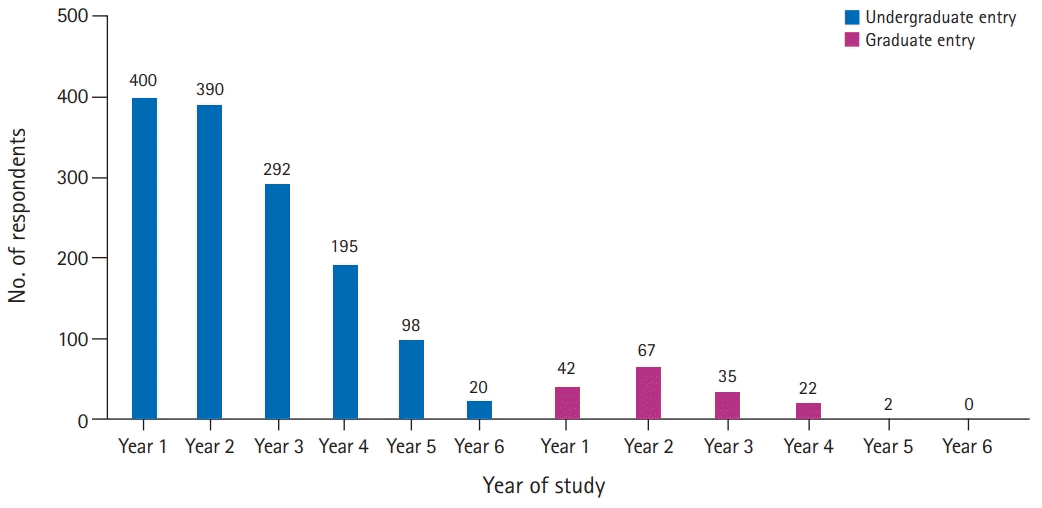
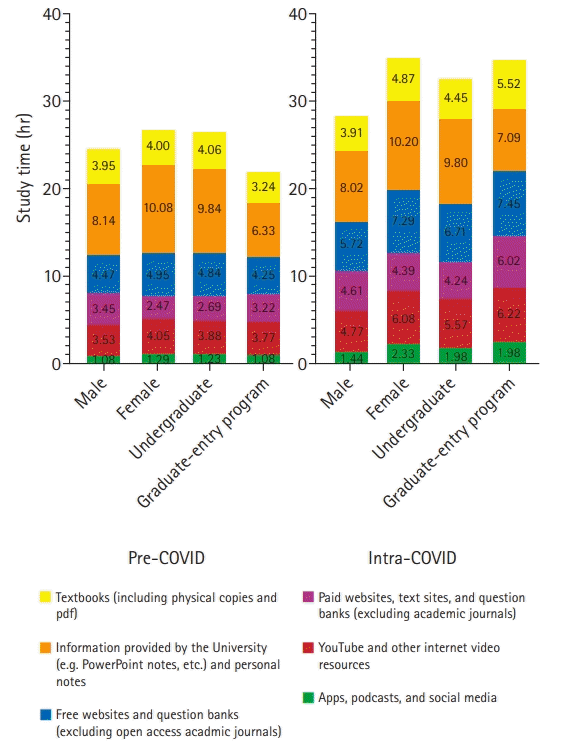
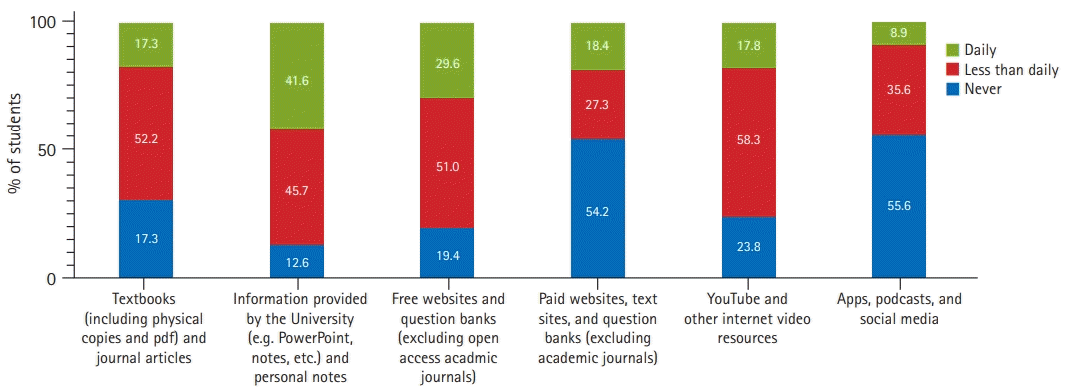
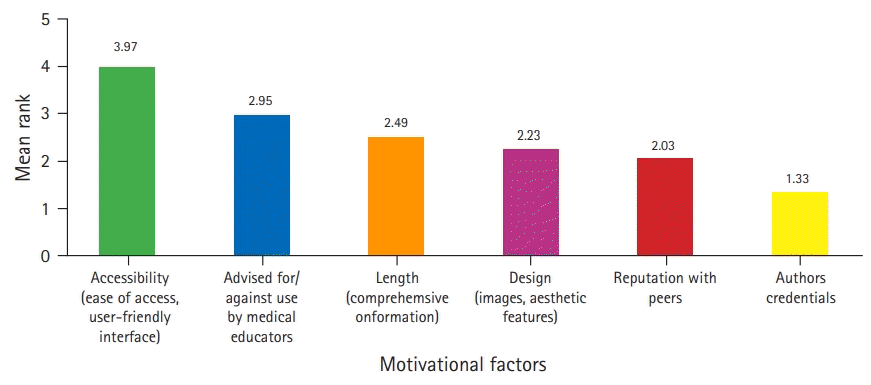
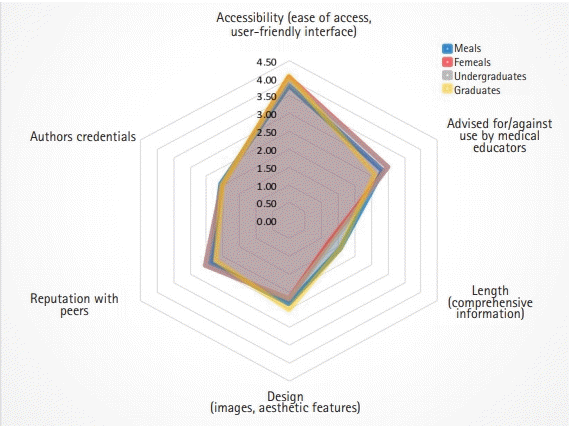




 PDF
PDF Citation
Citation Print
Print




 XML Download
XML Download